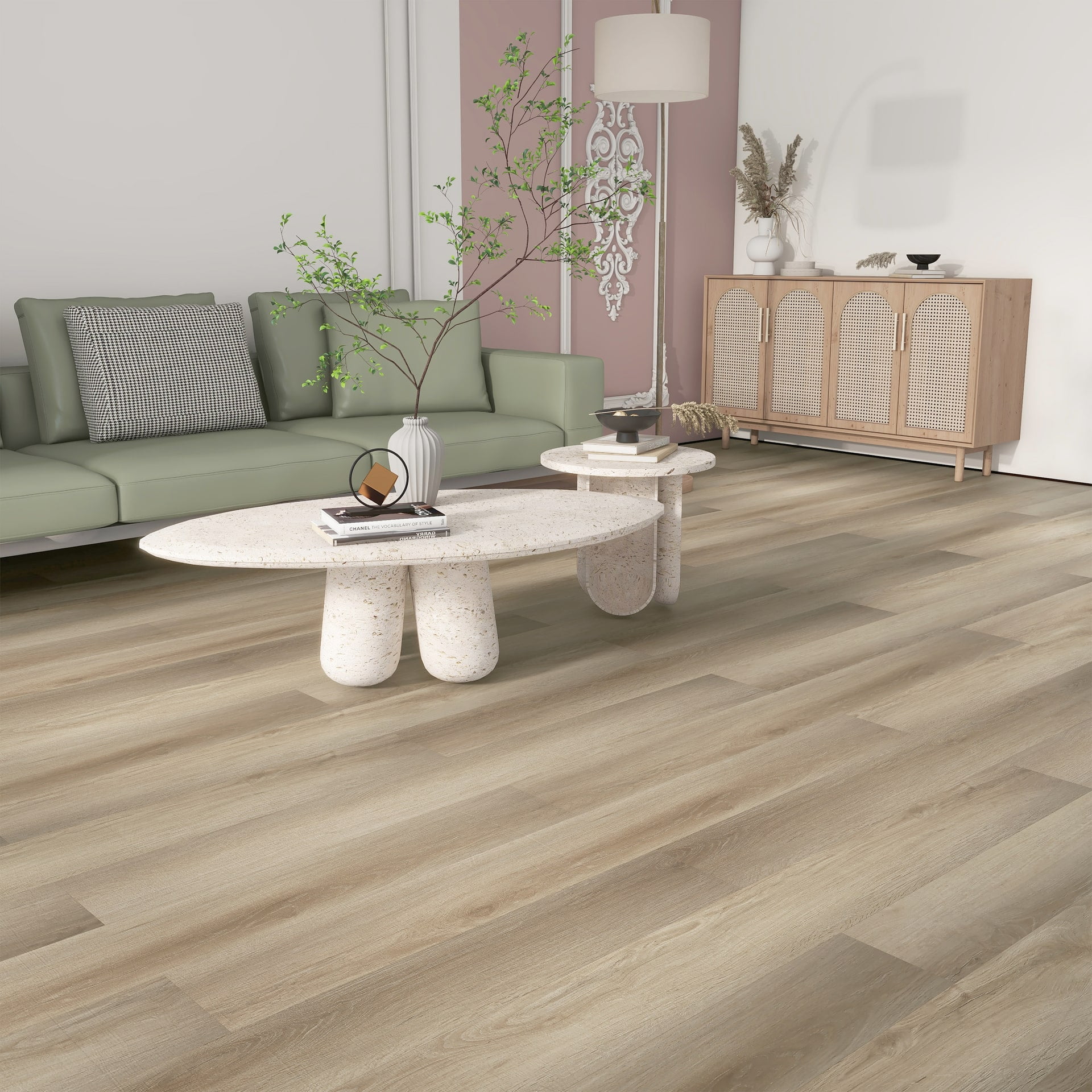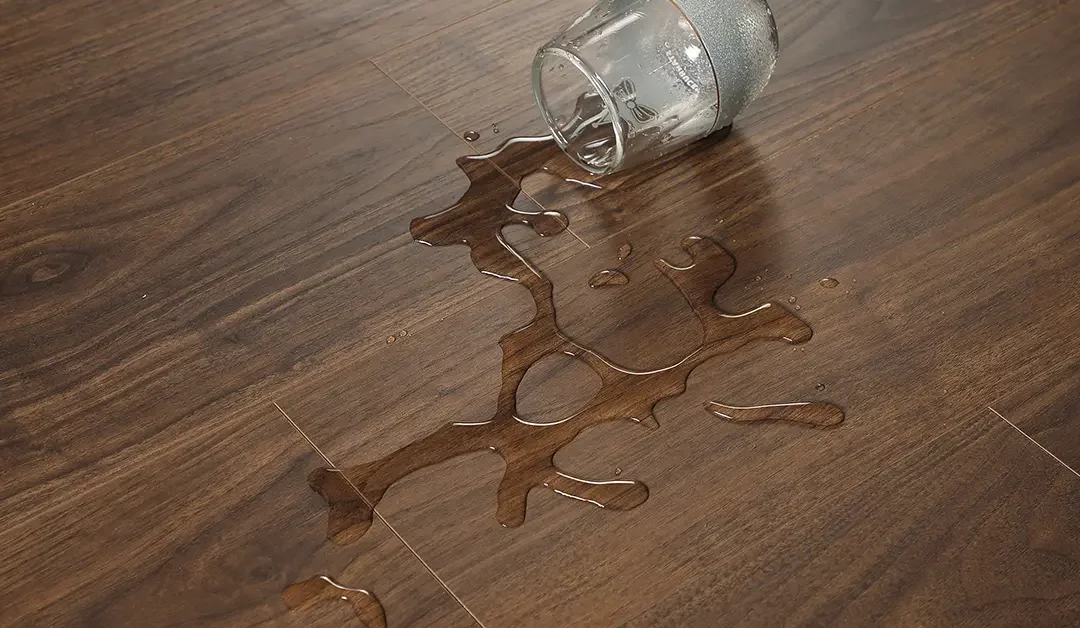When it comes to flooring, the finishing details can make or break the final look of your project. This is where the Terminal Series 7MM comes into play—a comprehensive collection of terminal products designed specifically for 7mm thick flooring. These essential components, including moldings, baseboards, and transition strips, not only enhance the aesthetics of your flooring but also provide crucial protection and functionality.
In this guide, we’ll dive deep into the Terminal Series 7MM, exploring its importance, the various types of products available, and how to choose the right ones for your flooring project. Whether you’re a homeowner, contractor, or interior designer, this guide will equip you with the knowledge you need to achieve a flawless finish on your floors.
Understanding the Importance of the Terminal Series 7MM
The Terminal Series 7MM is essential for several reasons, as it plays a key role in ensuring the success of your flooring project. These products are specifically designed to complement 7mm thick flooring, providing a perfect fit and a polished appearance. Here’s why they’re so important:
- Aesthetic Enhancement
- Seamless Transitions: Terminals create smooth transitions between different flooring types, such as between laminate and carpet, or between hardwood and tile. This prevents any abrupt changes in flooring that can disrupt the visual flow of the room.
- Finished Look: Without the proper terminals, your flooring can look incomplete or unfinished. The right terminal products cover gaps, edges, and joints, providing a clean and professional finish.
- Protection
- Edge Protection: Terminals protect the edges of your flooring from damage, such as chipping or fraying, which can occur over time with regular use. This is particularly important in high-traffic areas or where the flooring meets walls or other surfaces.
- Flooring Expansion and Contraction: Flooring materials naturally expand and contract with changes in temperature and humidity. Terminal products allow for this movement, preventing issues like buckling or warping.
- Safety and Functionality
- Trip Prevention: Properly installed transition strips prevent trip hazards where different flooring materials meet, especially when there’s a difference in height between the surfaces.
- Moisture Barrier: In areas like kitchens and bathrooms, certain terminal products can also act as a moisture barrier, protecting the edges of your flooring from water damage.
Types of Terminal Products in the 7MM Series
The Terminal Series 7MM includes a range of products, each designed to serve a specific purpose. Understanding the different types of terminal products will help you make informed decisions about which ones to use in your flooring project.
- T-Molding
- Purpose: T-molding is used to transition between two areas of flooring that are of the same height, such as between two rooms with 7mm laminate or vinyl flooring. It creates a seamless and visually appealing transition.
- Installation: The base of the “T” fits into the gap between the two flooring sections, securing it with adhesive or screws. T-molding is ideal for creating a continuous look in open floor plans.
- Reducer Strip
- Purpose: Reducer strips are used when transitioning between flooring of different heights, such as from 7mm laminate to a thicker carpet or tile. They create a smooth slope, reducing the risk of tripping and providing a neat transition.
- Installation: Reducer strips are installed by anchoring the thicker end to the higher flooring, with the thinner end sloping down to the lower floor. This type of terminal is particularly useful in doorways or between different rooms.
- Quarter Round
- Purpose: Quarter round molding is used to cover the expansion gap between the floor and the wall or baseboard. It provides a finished look while allowing for the natural movement of the flooring.
- Installation: Quarter round is installed along the base of the wall, over the expansion gap, and secured with nails or adhesive. It’s a subtle yet effective way to ensure your flooring looks complete.
- End Cap (Square Nose)
- Purpose: End caps, also known as square nose moldings, are used where the flooring meets a vertical surface that doesn’t require a transition, such as a sliding glass door, fireplace, or bathtub.
- Installation: The flat edge of the end cap sits against the vertical surface, while the other edge rests on the floor, creating a clean and finished appearance. End caps are perfect for areas where you want a sharp, defined edge.
- Baseboards
- Purpose: Baseboards are larger trims that run along the bottom of the wall, covering the expansion gap and protecting the wall from scuffs and damage. They are a key component in finishing any room with style.
- Installation: Baseboards are typically installed after the flooring is in place, secured to the wall with nails or adhesive. They can be painted or stained to match the decor of the room, adding both protection and aesthetic value.
- Stair Nosing
- Purpose: Stair nosing is used on the edge of steps to protect the flooring from damage and to provide a non-slip surface for safety. It also gives stairs a finished, polished look.
- Installation: Stair nosing is installed by securing it to the edge of the stair tread, with the front edge overlapping the flooring on the step. This terminal is essential for ensuring the longevity and safety of staircases.
How to Choose the Right Terminal Products for Your Flooring
Selecting the right terminal products from the Terminal Series 7MM involves careful consideration of various factors, including material compatibility, color coordination, room functionality, and budget. Here’s how to make the best choices for your project:
- Material Compatibility
- Matching Material: Choose terminal products that match the material of your flooring. For example, if you have 7mm laminate flooring, select laminate terminals that complement the flooring’s texture and color.
- Durability Considerations: Consider the durability of the terminal materials in relation to the room’s usage. In high-traffic areas, opt for terminals made from robust materials that can withstand wear and tear.
- Color Coordination
- Harmonious Look: Select terminal products that either match or complement the color of your flooring. This creates a cohesive and harmonious look, ensuring that the terminals blend seamlessly with the floor.
- Accent Options: Alternatively, use terminal products in a contrasting color to create an accent. This can add visual interest and highlight the transitions or edges of your flooring.
- Room Functionality
- Traffic and Usage: Consider the function of the room when choosing terminal products. For instance, in a kitchen or bathroom where moisture is a concern, choose water-resistant terminals that will not warp or deteriorate over time.
- Safety Needs: In areas like staircases or where different flooring heights meet, prioritize safety by choosing appropriate stair nosing or reducer strips that provide traction and prevent tripping.
- Ease of Installation
- DIY or Professional: Depending on your skill level and the complexity of the project, consider whether the terminal products you choose are easy to install on your own or if they require professional installation.
- Pre-Finished Options: Some terminal products come pre-finished, which can save time and effort during installation. These are a good option if you want to minimize the amount of work involved.
- Budget Considerations
- Cost-Effective Choices: While it’s important to choose high-quality terminals, consider your budget and look for options that offer good value without compromising on quality.
- Long-Term Investment: Remember that investing in quality terminal products can save you money in the long run by reducing the need for repairs and replacements.
Installation Tips for the Terminal Series 7MM
Proper installation of terminal products is key to achieving a professional finish and ensuring the longevity of your flooring. Here are some tips to help you get the best results:
- Preparation is Key
- Measure Twice: Accurate measurements are crucial for ensuring that your terminal products fit perfectly. Measure the length of the areas where terminals will be installed and cut the products to the correct size before installation.
- Prepare the Surface: Ensure the subfloor and surrounding surfaces are clean, dry, and level before installation. This ensures that the terminals adhere properly and sit flush with the flooring.
- Use the Right Tools
- Cutting Tools: Use appropriate cutting tools, such as a miter saw or a laminate cutter, to achieve clean, precise cuts on your terminal products.
- Adhesives and Fasteners: Depending on the product, you may need specific adhesives, nails, or screws to secure the terminals in place. Always follow the manufacturer’s recommendations for the best results.
- Pay Attention to Detail
- Align Properly: Ensure that all terminals are aligned correctly with the edges of your flooring and other adjacent surfaces. Misalignment can lead to gaps and an uneven appearance.
- Check for Gaps: After installation, inspect the terminals for any gaps or unevenness. Fill any gaps with caulk or wood filler and sand smooth for a flawless finish.
- Consider Professional Help
- Complex Installations: For more complex installations, such as stair nosing or intricate molding work, consider hiring a professional to ensure a perfect finish.
- Custom Solutions: If your project requires custom terminal products, a professional can help you design and install solutions that are tailored to your specific needs.




